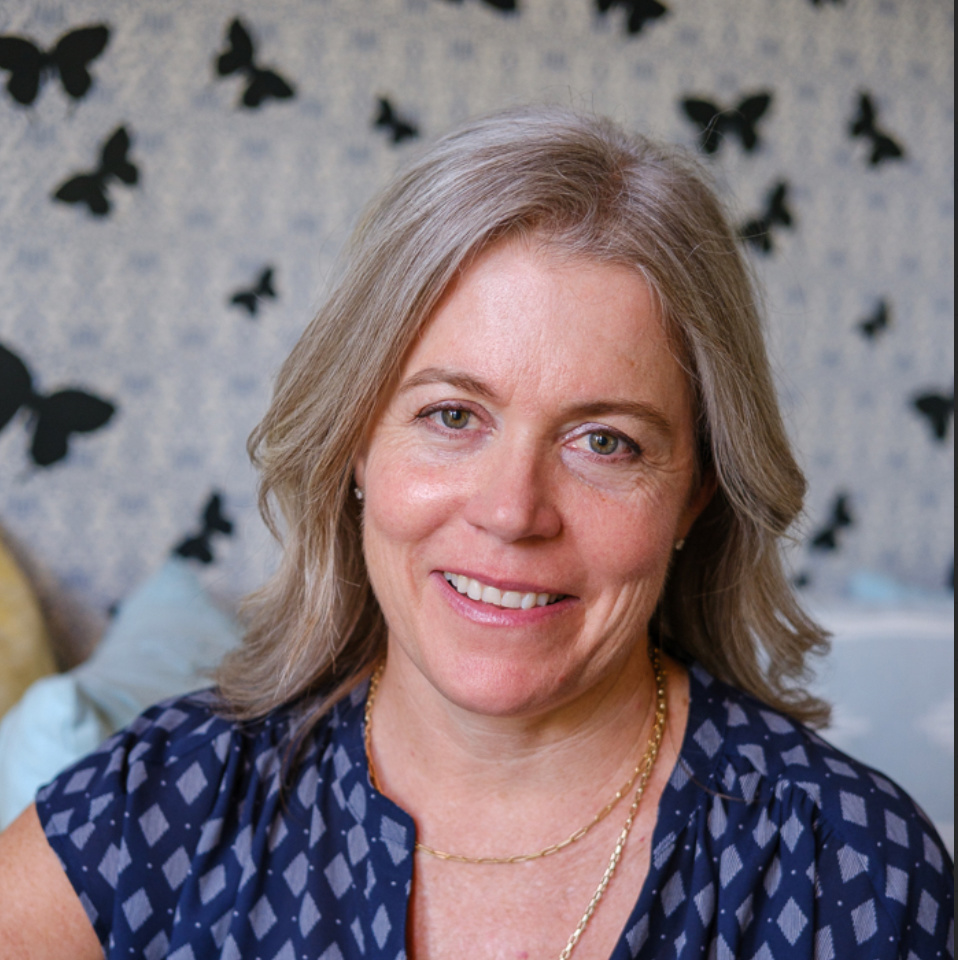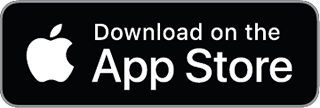How to Trust Yourself with Uma Sanghvi
A note from Lisabeth.
Since college I’ve been curious about the question of How to Trust Yourself. Both in my life as a theater kid and as an ambitious woman, self-trust has been central. It has also required effort as I had been blessed with a healthy dose of insecurity.
Over the years, I’ve found the mentors that have helped the most, and one of these is my coach and friend Uma Sanghvi.
I interviewed her about the question “How do I learn to trust myself?” and she offered some wonderful, clear recommendations and tools.
Be in Your Body.
When you’re connected to your physical self and you are able to be present with your sensations, you are connecting to your life force energy. Your life force energy doesn’t lie. Another way of saying this is: the body doesn’t lie. It will tell you when someone or something is a yes versus a no for you. This is your body compass. People use terms like “gut knowing” and “heart knowing.” To have those, we need to be connected to the body.
How to be in your body? It takes practice. You can do body scans: start with your feet, and then notice the sensations in portions of your body, slowly moving upward to your head. Or simply pay attention to the sensation in one part of the body, say a foot, or a cheek, or your belly. Spend a little time sensing what’s there. Then move to another part. You can work towards holding awareness of two different parts at the same time. Eventually you’ll be able to sense your whole body at once!
(Lisabeth note: If you’ve had a lot of trauma and/or struggle with overwhelming sensations in your body like I did with anxiety, find a counselor or therapist to support you as you connect with your body and go slowly.)
Orient to Trust.
As a somatic coach, I start with body sensations. Trust is a mental concept, so working with the body makes it tangible. I ask: What does trust feel like in the body? Because the mind and the body are so connected, we can often work with the body to help change the mind.
If you can, remember a moment of trust. Drop into the feeling state of deep trust. Where does it show up in your body? How does it feel? Take a moment to savor that.
Or you can ask: What would it feel like if I were in a trusting state? Similarly, you can bring to mind a person — someone who you believe trusts themselves — and try them on. What does it feel like to be a person who trusts themselves? See if there’s not a bit of relaxation. Maybe your shoulders drop by a millimeter. Notice any subtle changes and savor them.
For me, the somatic experience of trust is relaxation. It feels restful and relaxing. When there’s a sense of “I can rely on myself, I can trust myself, I have faith in my mind and my ideas and my soul,” there’s an exhale. My muscles let go.
When we can get into that state somatically, it will affect the mind, helping your mind to become more trusting.
Make a Record.
Write down a list of times when your intuition was right. It’s easy to forget that we have an internal navigation system. Creating a record of evidence will help strengthen your trust and faith in yourself and your experience.
This list could include little things or big things. For instance, you could record the time when, out-of-the-blue, you had a nudge to call a friend you hadn’t talked to in awhile, and that person said, “Wow, I can’t believe you called me, I was just thinking of you, I could use your help.” Or it could be the time you had a strong instinct to make a big change, like start a business or move to a new place, and it ended up with results you wouldn’t have imagined. (Lisabeth note: This is how Sparkle Stories was born!) We’re looking for times when you had a sense of rightness, or of being in alignment with something, you took action, and it worked out amazingly or surprisingly.
Connect with Your Higher Self.
The aspect of ourselves that we are trusting is the divine aspect. We’re not investing trust in the small-”s” self. We’re trusting in our light, in our divinity, in the goodness in us. Any practice that helps you to connect with your true self, your authentic self, your spiritual self are also practices for developing self-trust. Once you understand that that which is deepest within you is good, it becomes much easier to have faith in yourself.
This is The Tool for so many things in terms of bringing more life, more joy, more peace, more love, more connection with others, more ease into your experience. Find your tools to get to know the higher self and get really clear on who you really are.
Touch the Quiet Depths.
A Course in Miracles has a tool called the Down and Inward Meditation. The meditation uses an analogy: your mind is like an ocean. On the top layer of the ocean are “the things that churn and bubble.” That’s your anxiety, confusion, lack of clarity, whatever is uncomfortable. If you drop down below the thoughts that churn and bubble, into the deeper ocean, there’s a place where it’s completely calm. If you’ve ever gone scuba diving, you’ll know this to be true: even if there’s a stormy layer at the top, areas that can be found several feet lower remain still and peaceful.
As you come to practice, you’ll discover that the peaceful layer is always there, no matter the churn on top. It’s an unchanging thing. The rest is like storms. The anxiety comes and goes. Depression comes and goes. But the deep layer of peace is always here. It goes with you all the time. You can’t get rid of it! Even when you’re in the midst of real discomfort – knowing that the peace layer is there is nice, even when you can’t connect to it in the moment.
What’s more, you ARE that peace. That is the truth of you, and you’ll start to identify with that.
Who Are You Trusting?
Trust itself is not the issue. We’re always trusting in something. Ourselves or others. Love or fear. Ask yourself: What am I trusting in? Am I trusting in the voice of fear? Or am I trusting in the voice of love (a.k.a. my authentic self)?
Similarly: are you trusting in everyone else's opinions? Who are the people in your life where you’re putting your trust? What is your relationship to their advice? If you need clarity, make a list: parents, partners, friends included.
Sometimes we want someone else to make decisions for us. It feels easier, safer, than trusting ourselves to make that decision. But beware. It’s absolutely okay to have advisors, people you look up to or respect, whose opinions you respect. But ultimately you have to know that you’re in charge of your life. No matter how wise or helpful someone is, they are not living your life. Think of it like running a country: if you were a president, or a queen, you would have trusted advisors. But that’s all they are: advisors. You are the head of state. Imagine a crown on your head, or sitting behind the desk of the oval office. What does it feel like to be the one in charge?
A good leader takes into account other people’s counsel, but ultimately trusts themselves to make the final decision. When you step into self-leadership, you’ll be able to do the same thing for yourself and your life. You can trust your own knowing, even if your panel of trusted advisors (or your friends or your coach or your therapist or your partner) doesn’t see things the way you do.
Once you identify with the part of you that is authentic, true, and never-changing, the easier this gets.
Remember: that which is deepest within you is trustworthy. It’s good. It’s wise. It comes from love. And you can trust it.
We simply need to practice connecting with it, somatically and spiritually. Practice every day, and you’ll find that it becomes easier and more natural.
About the Authors

Uma Sanghvi
Uma helps high achievers to release stress, connect to their Higher Self and live a life of ease & joy. As an undergrad at Stanford University, she was a biology major and neuroscience researcher. As a Mind-Body Coach, Uma combines her background in science with a love of spirituality. She’s a student of A Course in Miracles and a trained Unity prayer chaplain. Uma can be found at www.umasanghvi.com and uma@umasanghvi.com.

Lisabeth Sewell
Lisabeth Sewell has worn many hats at Sparkle over the years, from Sparkle Kitchen Blogger to Editorial Director to Doer of All Odd Jobs. Her primary role is as CEO.

